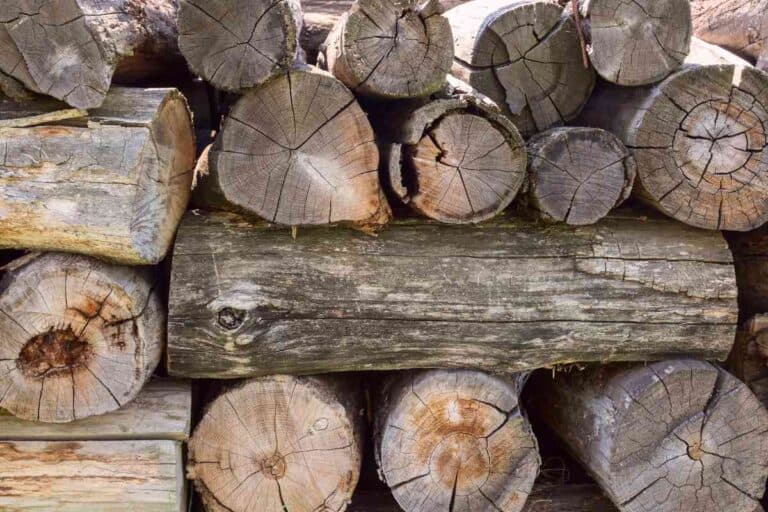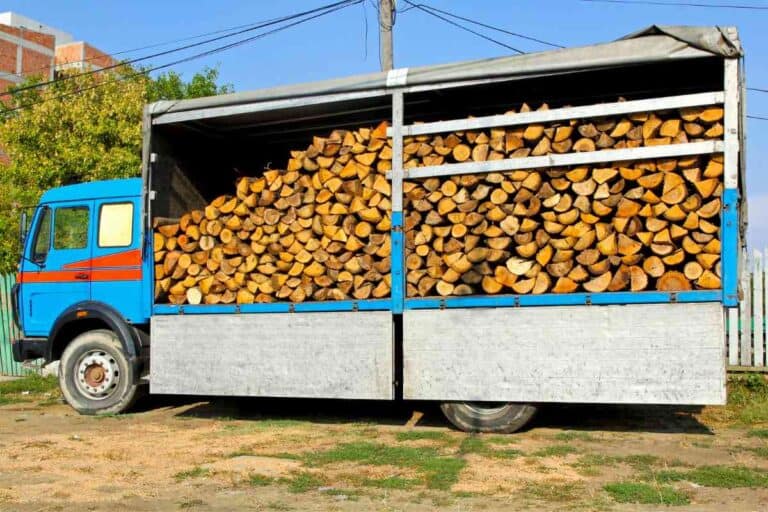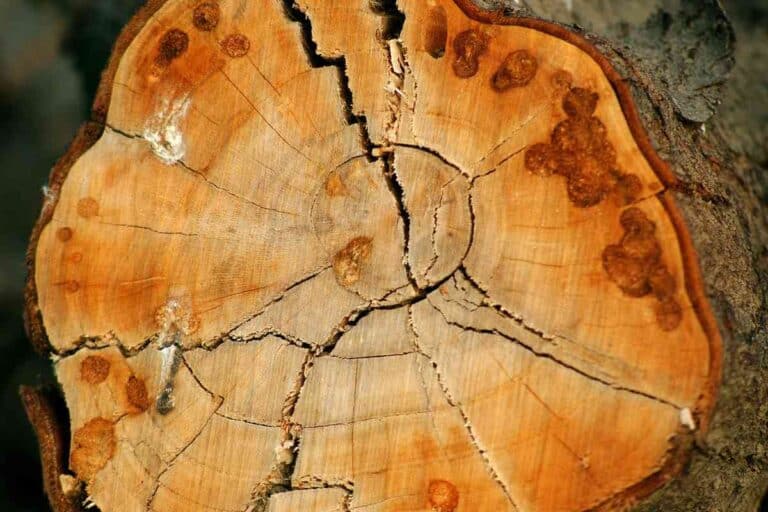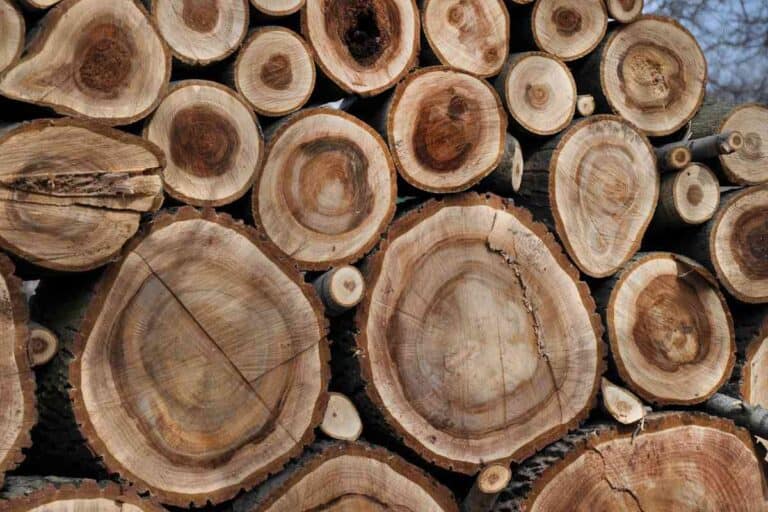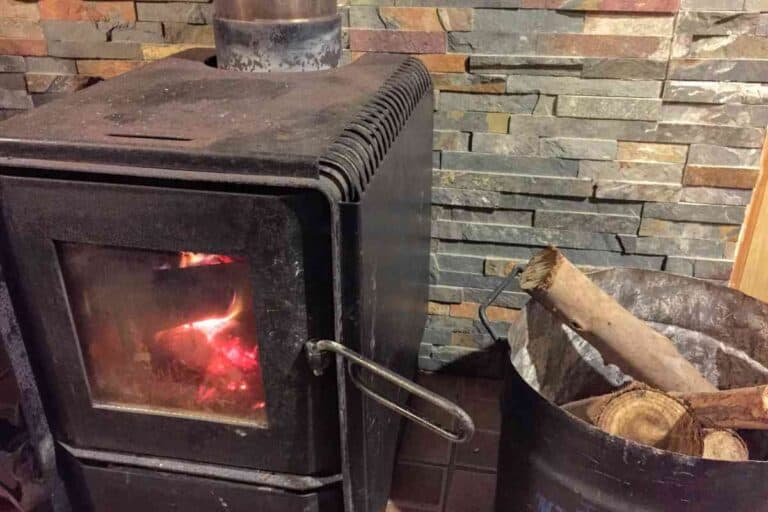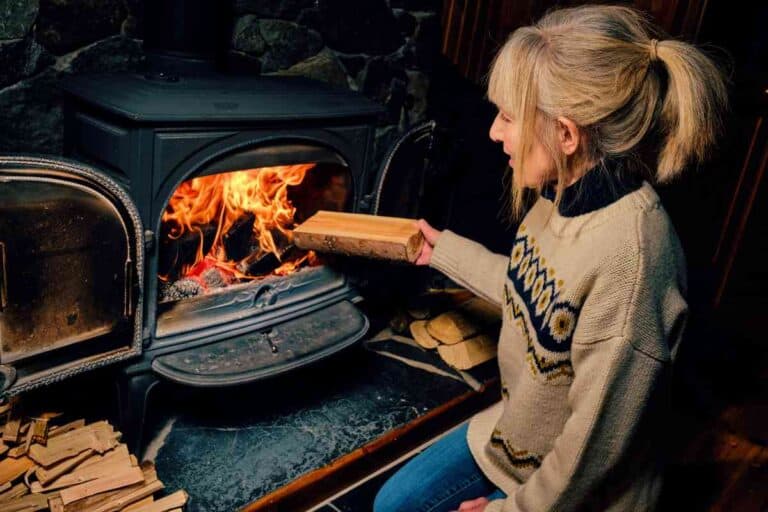How Many Elbows Can a Wood Stove Have?
Wood stoves are a popular way to heat a home. They provide a warm and cozy atmosphere, and they are also a great way to save money on heating costs. But did you know that there is such thing as too many elbows? That’s right!
A wood stove can only have so many elbows before it becomes inefficient and doesn’t work properly. As a general rule of thumb, you should never use more than two 90-degree elbows. Otherwise, your chimney won’t draw well.
In this blog post, we will discuss the ideal number of elbows for a wood stove and provide some tips on installing your wood stove so that it works its best. So, let’s jump right in. Shall we?
How Many Bends Can You Put in a Stove Pipe?
Wood stoves are the preferred option for heating homes for most people, and it’s not hard to see why. They’re affordable, efficient, and easy to use.
But one thing that people often overlook is the importance of having the right number of elbows on their wood stove. You see, your wood stove needs to have an excellent draft to work properly. And having too many elbows can interfere with that draft.
So, how many elbows can a wood stove have? We need to look at elbows and how they work to answer this question.
Elbows are essentially bends in the stovepipe. And they’re necessary to route the pipe around obstacles in your home. But too many elbows can restrict airflow and cause your wood stove to smoke.
So, how many is too many? It depends on the size of your wood stove and the layout of your home. However, elbows can be pivoted to offset in various directions and come in 15, 30, 45, and 90-degree angles. For this reason, they can fit in various situations.
Nonetheless, while elbows are excellent for horizontal venting installations, it’s not advisable to use vertical installations unless you have to. Due to the solid particles in wood-burning ventilation systems, offsets are limited to a maximum of 30 degrees in the U.S. and 45 degrees in Canada.
Direct vent and B-vent systems can use up to 90-degree offsets since their ventilation systems don’t have solid particulate that may build up within the turn of an elbow.
Also, typical guidelines stipulate that you should have at least 12 inches of vertical piping before installing an elbow. This length is crucial because it gives the stove enough time to establish the required draft before the angle of the elbow restricts airflow.
So, as a general rule of thumb, you should aim for a maximum of two 90-degree elbows on your stove pipe. However, this said, be sure to follow the ventilation guidelines specific to your stove.
Source: The Knowledge Burrow
How Many Bends Can You Have in a Chimney?
Another question you may have is how many bends, or elbows, you can have in a chimney. It’s an important question to ask because the number of elbows in your chimney can affect its performance.
While there isn’t a hard-and-fast rule about the maximum number of bends you can have in a chimney, you should aim to have no more than four bends in the length of the chimney.
The bends should be no more than 45 from the verticle, except that you can treat 90-degree bends as two 45-degree bends.
Having too many bends in your chimney can reduce the draft and make it more difficult for the stove to function correctly.
If you’re not sure how many bends are in your chimney, take a look at it from the outside. Each time the chimney makes a turn, that’s considered one bend.
Source: Flexi Flue Direct
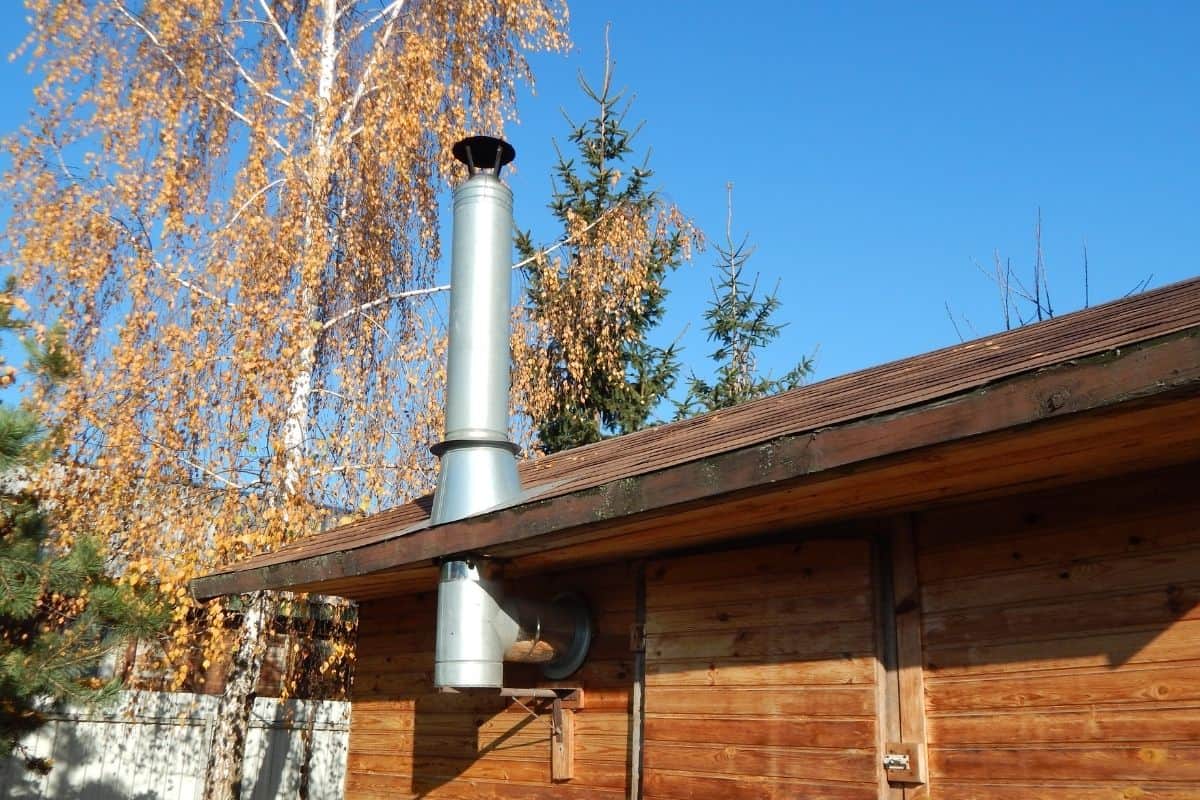
Can a Wood Stove Have a 90-Degree Angle?
While the general consensus is that you should avoid having a 90-degree angle in your wood stove chimney and stick to 45-degree bends at each point, there are some instances where it may be necessary.
If you have a wood stove close to an exterior wall, you may need to use a 90-degree elbow to route the chimney up and out of the house.
In most cases, you should try to use as few 90-degree elbows as possible in your chimney. Too many sharp turns can make it difficult for the smoke and fumes to escape appropriately, leading to a fire.
Instead, try to stick to the 45-degree rule as much as possible. If you need to use a 90-degree elbow, make sure you don’t exceed two 90-degree elbows.
And never use a completely horizontal stove pipe. Doing so increases the risk of creosote buildup, leading to a dangerous chimney fire.
Source: Home Steady
Does Wood Burning Stove Pipe Have to Go Straight Up?
Yes. It’s crucial to have the stove pipe positioned straight up and near the rood ridge. This way, the hot gases have the shortest and most direct path to the outside.
Any sharp turns in the stove pipe will cause the hot gases to cool down, leading to a creosote buildup. And as we all know, creosote is highly flammable and can easily ignite, causing a dangerous chimney fire.
So, resist the temptation to have the stove pipe make any elbows, no matter how small. It’s just not worth the risk. And if you feel like it’s unavoidable, consult with a professional to find a way around this challenge before positioning the pipe in a manner that’s not recommended.
Wrapping Up
There you have it; a comprehensive guide to understanding how many elbows your wood stove pipe can (or rather, should) have.
To recap, you should have: A maximum of two 90-degree elbows to connect the stove to the chimney (which counts for four 45-degree bends, zero elbows in the stove pipe itself, and at least 12 inches before your first bend on the chimney to ensure sufficient draft.
By following these simple guidelines, you can help keep your wood stove burning safely and efficiently for many years to come. And as always, if you’re ever in doubt, consult a professional!

